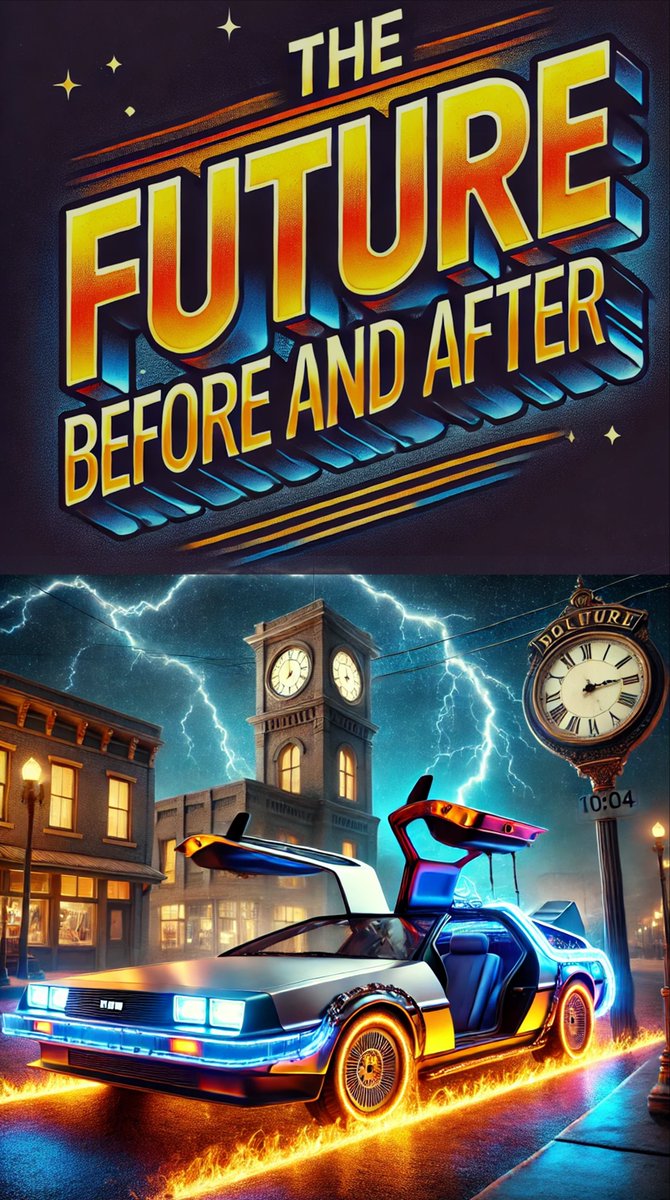
Inbal Ben-Ami Bartal
@inbal_b
researching the Neurobiology of empathy and pro-social behavior in mammals [email protected]
ID: 392814174
https://www.bartallab.sites.tau.ac.il/ 17-10-2011 16:18:07
1,1K Tweet
802 Followers
1,1K Following

Check out the latest from our lab, an in-depth look at the neural and peripheral response to social isolation in rats. Led by the exceptional Estherina Trachtenberg who is a force of nature! 💫








We are excited to share our latest work showing that mice display rescue-like prosocial behavior toward unresponsive partners. Science Magazine science.org/doi/10.1126/sc…

Feeling hungry for a social paper? Feast your eyes on this - mechanism for social homeostasis unveiled by Catherine Dulac’s fantastic team! nature.com/articles/s4158…





